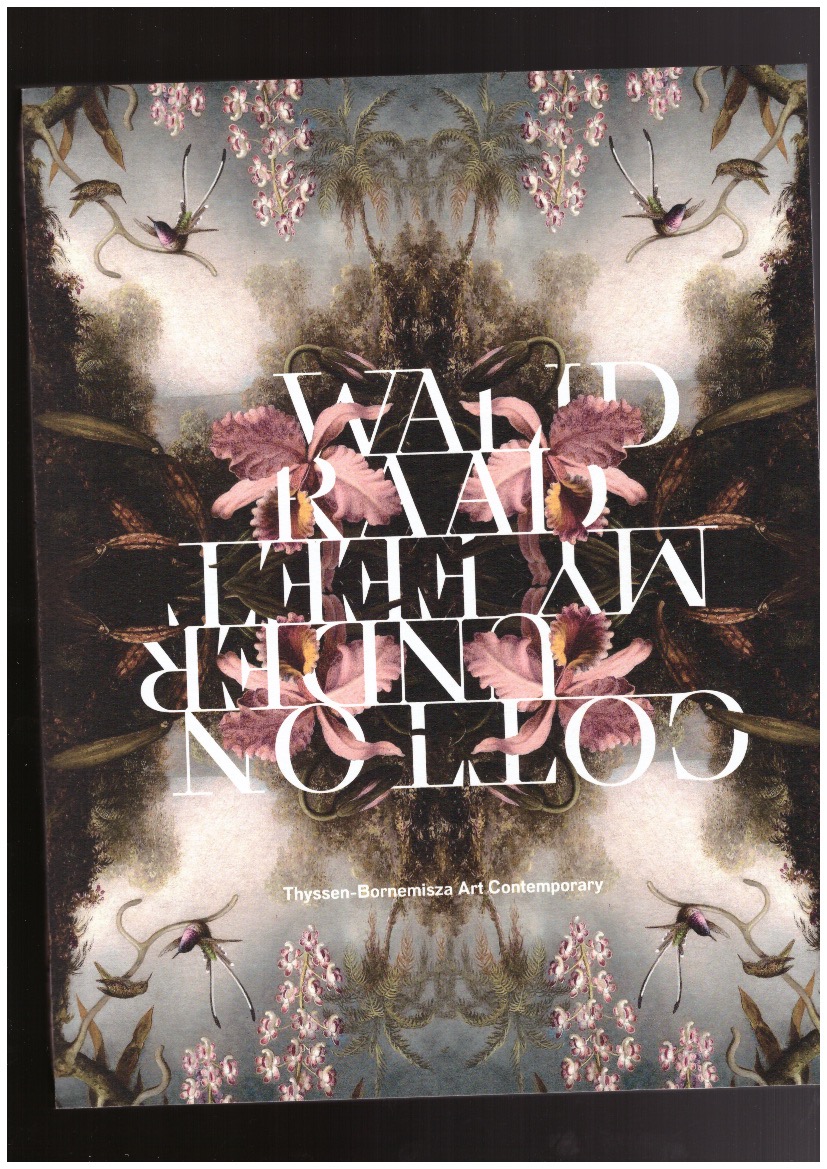RAAD, Walid
Cotton under my feet
In the closing decade of the twentieth century, a number of private collections were transferred to sovereign states to be housed in public museums, the institutions that anchor the modern state’s cultural and tourism infrastructure. A familiar story in so many ways and the starting point for Walid Raad’s expedition into the history of the Museo Nacional Thyssen-Bornemisza in Madrid. Among the wealth of objects displayed in the museum and deep in its archives, Raad encounters extremely strange stories, fictional documents and puzzling artifacts: A sixteenth century Persian carpet that is heavier than its weight; Paintings of clouds that irrupt on the backs of Old Master paintings; A large wooden structure known as the “Flat Corner with its Angel-Attractors;” Gold and silver medieval cups that attract one kind of arthropod and repulse all others; An American painter who painted two exact copies of every one of his 120 landscapes of swamps and marshes. Some of these stories reached Raad from this historical world, while others from a place called fiction, and yet others from the realm of undeath. He attributes their otherworldliness to the distorted expression of the braided historical, political, and economic forces unleashed on this world; and/or the conditions surrounding the private-to-public transfer of great wealth; and/or the storage, display, and trade of technologies created and deployed in the past two centuries in the cultural sphere (museums, fairs, auctions, festivals, catalogs, and so on). Essentially, Raad assumes that the artifacts’ strangeness must be the manifestation of political, economic, ideological, scientific, cultural, and social happenings in this world.
Brought to life in a slippery narrative marathon—a performance whose lavishly illustrated script is the core of this book—Raad entices readers to follow him into the tunnels of conjuncture he constructed. While reflecting on the potential legacy of the Thyssen-Bornemisza collections and their relation to the history of Western and non-Western art, Raad formulates a daring proposition with wide-ranging consequences: The urgent task to create just and transformative cultural institutions also rests on the ability of artists to reformulate the imaginative, metaphysical, and fictional horizons of world-making.
[publisher's note]
Published by Verlag der Buchhandlung Walther König, 2021
Monographs / Exhibition Catalogues
